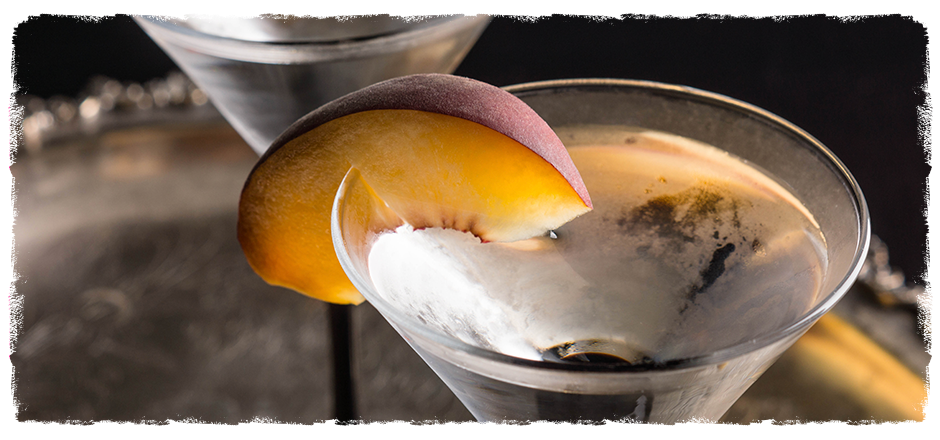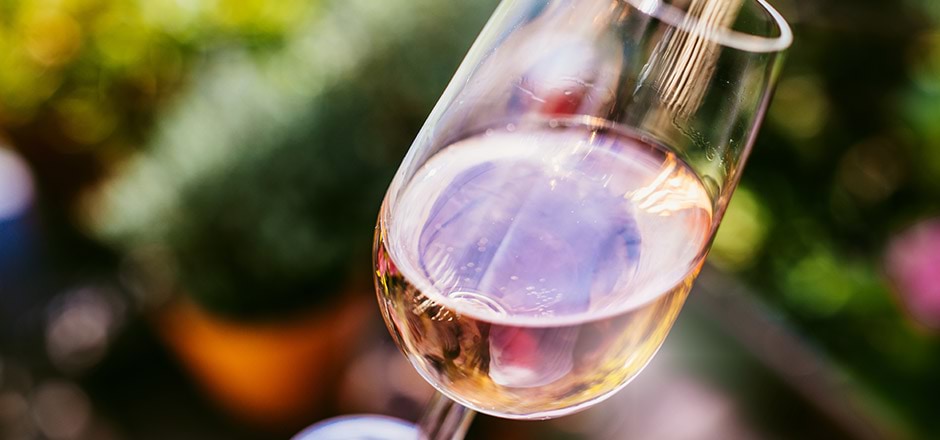- Ask the Experts
History in the making: Sipsmith dry London gin

London has always had a rich distillation history when it comes to gin. Originally hailing from the Netherlands in the form of genever, gin made its way to the United Kingdom sometime in the 17th century.
At that time, distilling was considered an art form that required skill developed over centuries by experts, but England was set to change all that. The Distillers Act, which was introduced by parliament in 1690, allowed anyone in the UK to make their own spirits, and inadvertently kicked off London’s dry gin craze. With one in four homes producing their own gin, it was easily procured at the time. But its purity and quality varied greatly. It wasn’t until 1729 that a series of restrictions were enacted to return gin production to larger distilleries that used proper equipment and techniques.
Fast forward to 2009. In a tiny workshop in Hammersmith, two childhood friends, Fairfax and Sam, were overcome by nostalgia for the London dry gin of old. With a shared belief in things well made, they set up London’s first traditional copper distillery since 1820, and Sipsmith was born.
Copper pot stills have long been considered the best way to produce rich and complex dry gin as they are a great conductor of heat and keep the spirit pure without excessive filtration. The simple design of the still preserves the character and complexity of the gin’s botanicals, which means that Sipsmith gins are made with the “heart” (the purest middle cut) of each distillation.
Sipsmith London Dry Gin won gold medals at the 2014 San Francisco World Spirits Competition and 2012 Great Taste Awards. It features floral, summer meadow notes on the nose with dry juniper on the palate followed by lemon tart and orange marmalade. With botanicals that include Italian orris root, Bulgarian coriander seed, Chinese cassia bark and Seville orange peel, the recipe wouldn’t look unfamiliar to an 18th-century master distiller.
Their Sloe Gin is a beast of an entirely different character. After distillation, the gin is left to rest with hand-picked wild autumn slow berries, giving it a distinctive burgundy hue and flavour that’s both subtle and complex.
- Also in Ask the Experts
- View More Post Ask the Experts



